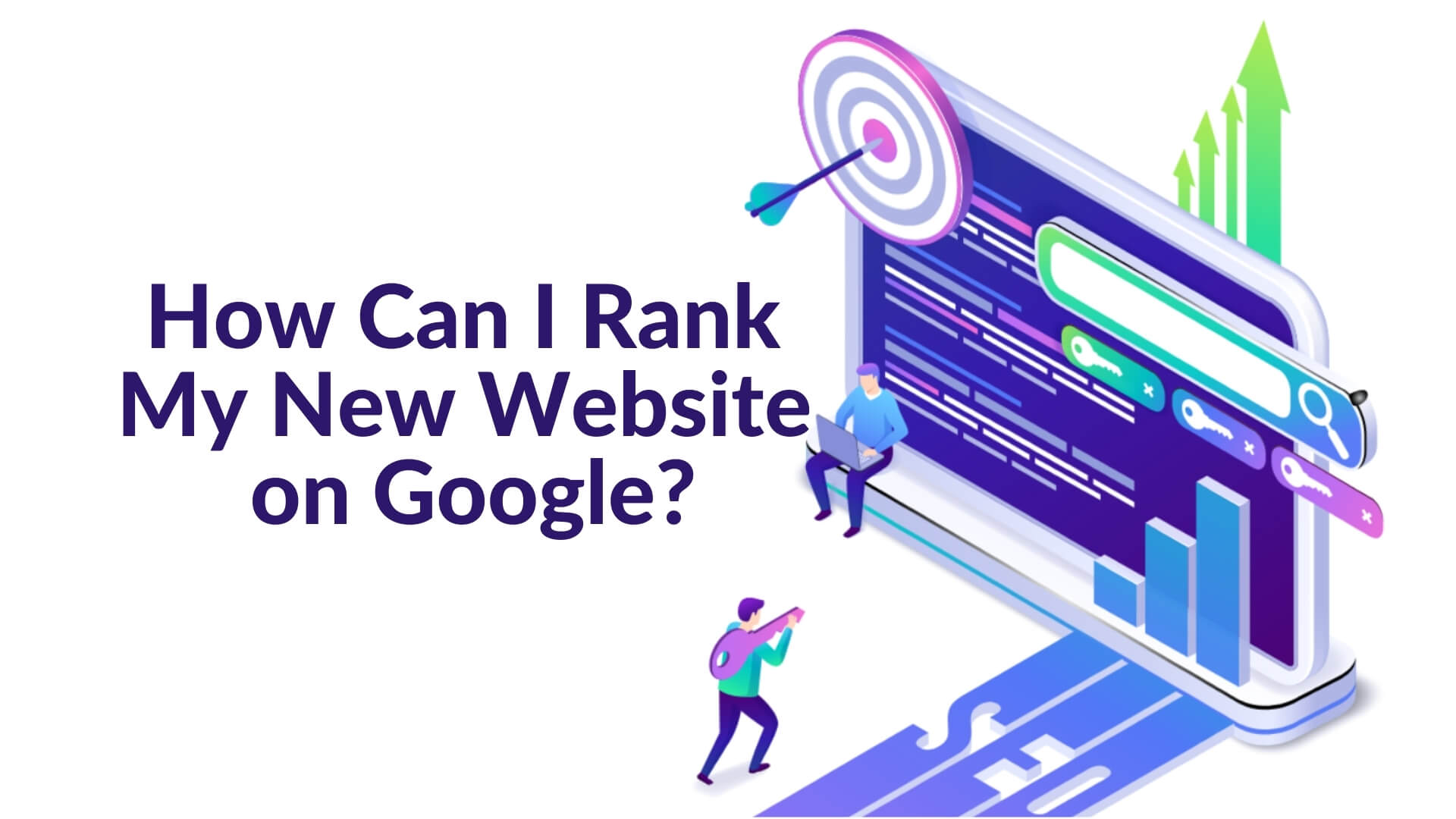Ranking on search engines like google, bing, etc requires your site to be SEO optimized. There are lots of ways to rank a website on the first page of SERPs. However, not every SEO tactic is efficient for consistent growth. To build an engaging website you need to maintain quality along with quantity.
Here we’ll discuss several ranking factors for a new website. Later on, we’ll explore how we can use them for our website effectively and efficiently.
How to Improve Your Ranking on Google?
Before starting you need to know what matters for ranking. Along with optimizing pages for search engines, you must be aware of maintaining quality. Let’s discuss potential sections that help you to measure the qualitative approach for SEO.
Know Google Algorithms
To build a long-term and sustainable website for SERP, keep yourself updated with Google algorithms. Google has more than 200 ranking factors and they frequently update them which bearly announced. Each algorithm is organized to make google universally useful and accessible to everyone. Keep your eyes open to make a perfect move.
Some of the major algorithm updates are mentioning below,
- Mobile User-friendly: Googlebot observes the appearance of your site as a smartphone. Nowadays people are using mobile devices every day, which drives them to search via mobile. Google will prioritize your site if that works well on mobile devices.
- Pigeon: Google has an update named “Pigeon ” that works on integrating local search results like google maps. This algorithm is most effective to improve local websites depending on location ranking parameters.
- Hummingbird: Google Hummingbird algorithm is aimed to understand the concepts and intent behind a user’s search. Based on focus and related keywords, it emphasizes page content to make results more relevant and standard.
- Penguin: It was launched in 2012 to target and demonetize the spammer, or the site that contains irrelevant links to improve their ranking.
Improve Website’s User Experience
Google observes visitors’ reactions to your site to improve your website’s ranking. Among all factors, the top four factors are visitors, the time they spend on site, pages per session, and bounce rate. If your website is easy and efficient to use, it offers valuable information and increases the visitors and their surfing time.
User experience requires understanding the problems that people face while visiting your site. Here are some tips to improve websites’ UX,
- Use space to make your content more legible and enable the user to focus on surrounding elements. Also, optimize page loading speed to keep visitors stay tuned. Nobody wants to wait too long for a page, they’ll simply bounce back which is unexpected.
- Visual attachments make people understand the context of that content, page, and other actions. Use Call to actions (CTAs) to drive users to your service. Also, use images that are related to the content and page nature.
- Keep your website design consistent and clean. It is important to provide users with a beautiful experience and navigate them easily. Build your own branded style for example heading sizes, fonts, coloring, spacing, designing elements, photos, etc.
Aim for Position Zero
When people ask questions on Google, it collects content from relevant pages and features as snippets above the ranking results. These incredible features of SERPs increase traffic and brand visibility. You can’t optimize your page targeting this Zero position, but you can increase the possibilities.
Create content by answering the questions relevant to your topics, and niche. Keep the question as a title and provide a brief overview of that. To find ideas, use keyword planner, google FAQ sections, popular searches, etc. If you find ranked answers that are irrelevant, create content by presenting actual information. If Google finds it accurate, will replace it with your answers to the question.
SEO Steps For New Website
Search engine optimization (SEO) means making websites able to rank on SERPs and generate quality leads. Instead of paying any penny to google for ranking, it’s a free way to generate traffic. Lots of tactics and facts that you need to maintain along with providing qualitative information and service.
Let’s see some facts that you need to maintain, as you’re starting a new website.
Publish Relevant & Authoritative Content
Content means everything to survive in this age of competition. People are always looking for authentic information. It’s a simple way of helping each other. You need to create content that helps visitors with relevant answers. At this point, keyword placement in content is a considerable thing of SEO.
Including keywords at random places on the page doesn’t bring long-term consistency. Make a set of keywords segmenting as focus keywords and relevant keywords, to use frequently at several places into the content. Some best places to insert keywords are headings, subheadings, starting paragraphs, bold letters, etc.
Create Effective Permalinks
Permalink is another place to insert targeted keywords. You must know that keywords are the backbone of on-page SEO. Search engines couldn’t measure how efficient your content is. A SERP shows those results that have similarities in search terms.
Permalink is a great way to ensure google that your article is relevant for that particular phrase. Google barely considers numeric figures as ranking factors. These terms entice visitors to click. So, keep your slug short and to the point. Keep it in between five words or less.
Write Click Worthy Metadata
Metadata is an important attachment for page ranking and increasing click-through rate (CTR). At first, a visitor checks metadata to know about the page content. You can simply write metadata that motivates visitors to click. Higher CTR means valuable to the search engine, as a result, the ranking increases.
Have A Link-worthy Site
Input your sites’ content professionally and flexibly. Create content that generates potential leads. When your competitor observes that your site is performing well, they’ll be interested to link with you. Instead of rushing in, growing a site in a qualitative approach is effective for the long run.
Use alt tags
Make sure that every piece of content is crawlable by search engine bots. Visual content such as images, videos, infographics, etc needs to optimize manually by using alt tags. In alt tags, mention the core words that describe the content.
Alt tags help to rank on image search, which is a positive signal for sustainable ranking. Besides all of these, page speed also plays an important role in ranking. Remove outdated content, fix broken links, compress images before uploading to increase overall speed.
Final Thought
There is no magic spell to rank on SERPs overnight. Keep updating your site with freshly written content, do on-page optimization, and create quality backlinks. Ensure google that you’re providing values to the audiences. Avoid using irrelevant keyword stuffing, spammy links, or tactics like these to rank. These reduce site performance, even search engines could demonetize your site permanently.






